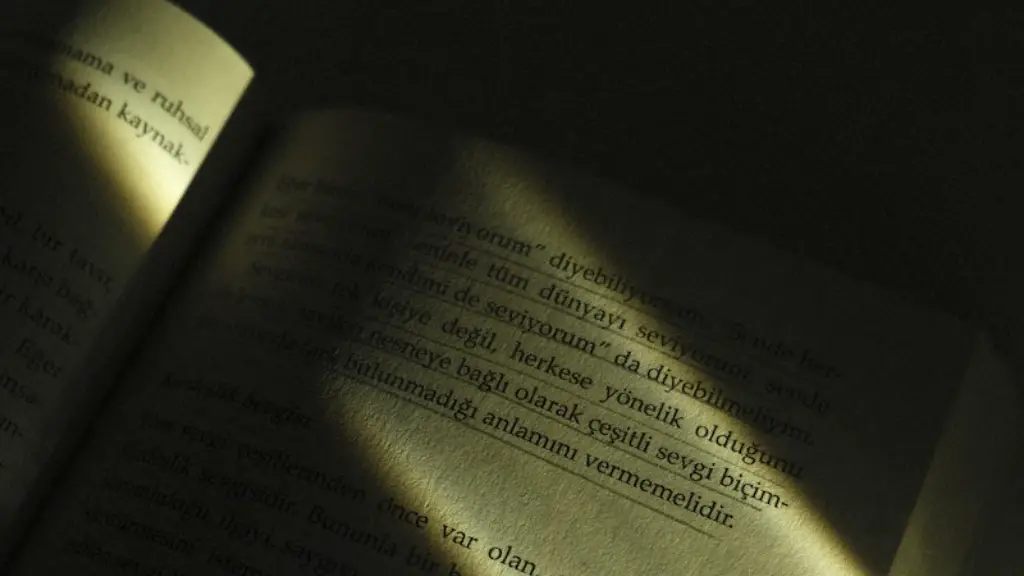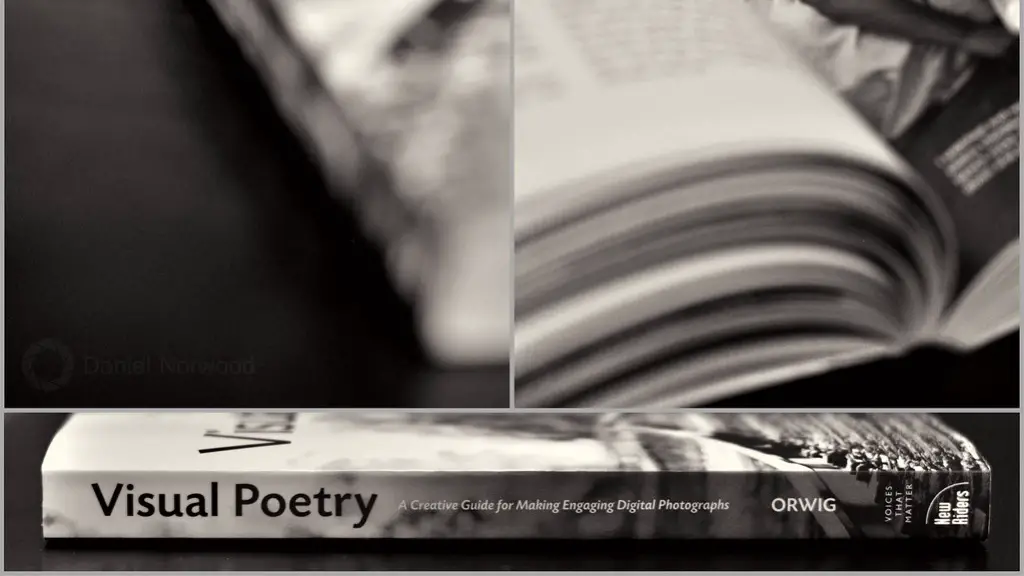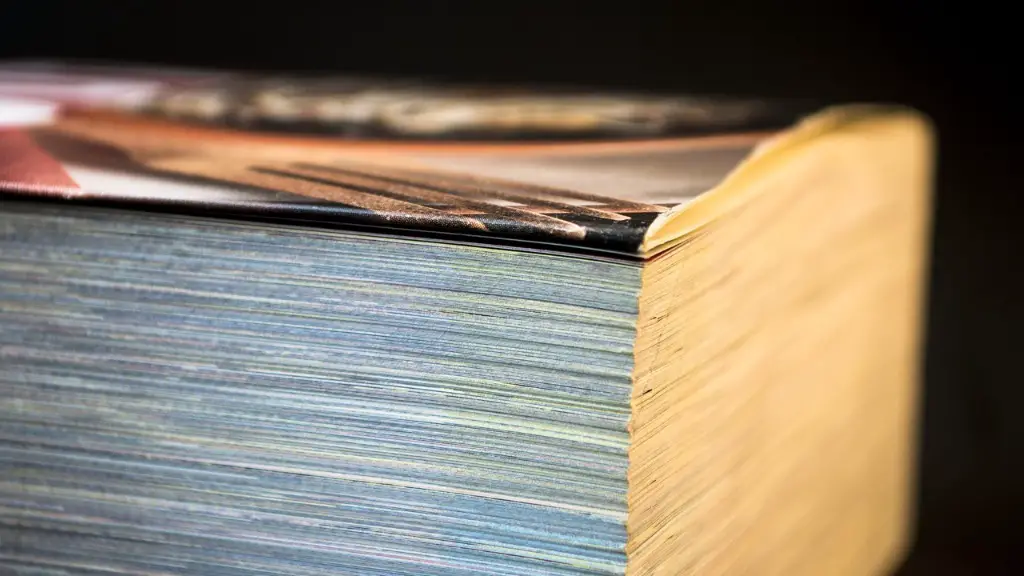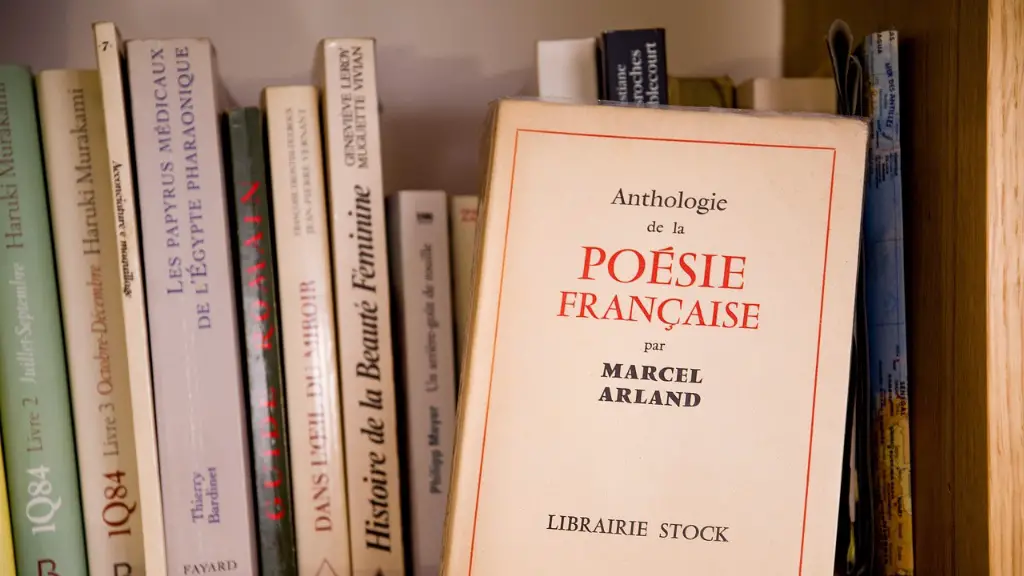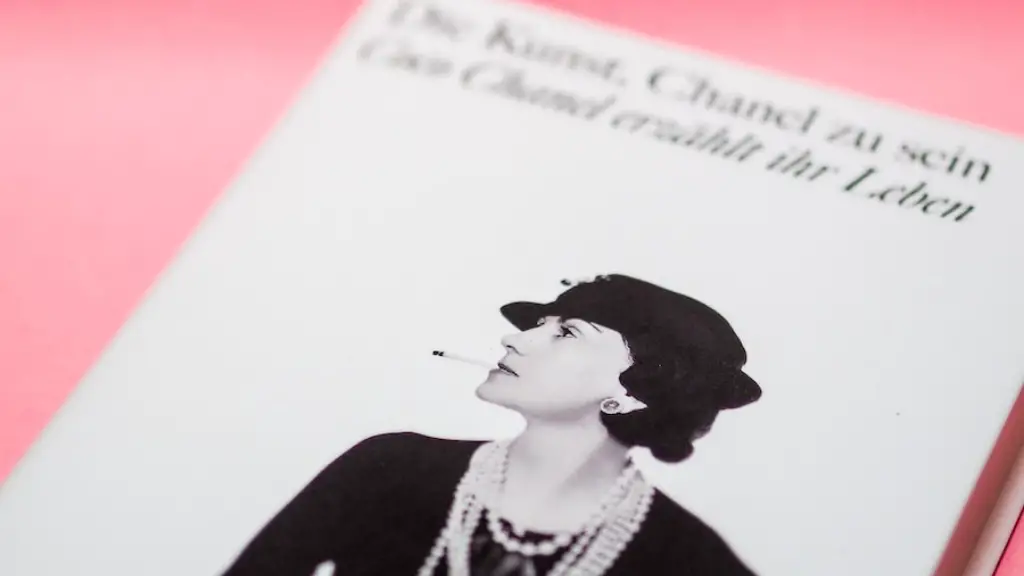Assonance is the repetition of vowel sounds within a line of poetry or prose. This type of sound device often creates an intense, rapid rhythm and is often used for poetic effect. Generally, it is used to create an atmosphere of poignancy and lyricism, but it can also be used to create a comic effect. Assonance is commonly used throughout literature and poetry, and there are countless examples you can find if you look around.
So, what exactly is assonance? In poetry, assonance is the repetition of a vowel sound within two or more words that are close to each other but do not necessarily rhyme. This type of technique creates a subtle, yet audible, rhythm. By repeating the same vowel sound, the words blend together and create a pleasing, almost musical, effect. This effect can be especially powerful when used in combination with other poetic devices such as alliteration.
Assonance helps to bring out the meaning in a poem by reinforcing its structure and thought patterns. For example, in the following lines from Robert Browning’s “My Last Duchess,” notice how the “e” sound at the end of certain words elevates the mood and creates a sense of longing:
“That’s my last Duchess painted on the wall,
Looking as if she were alive.”
In this poem, the use of assonance reinforces the sense of melancholy and draws attention to the phrase “she were alive,” implying that the Duchess has been dead for some time. Assonance is also used in phrases like “true blue,” “old bold sailor,” and “die-hard,” in which the repetition of the combination of vowel and consonant creates an intense, rhythmic effect.
Assonance in Other Literature
Assonance is a common literary device used across many forms of literature. It works especially well for long poems and stories, because it engages the reader and enhances the feelings of suspense and drama. Even in short poems, such as haikus, assonance can be used to evoke emotion in the readers.
In centuries-old works of literature, such as Beowulf and Romeo and Juliet, assonance was used to add depth and intrigue to the characters and the environment. In Beowulf, for example, the use of the “oo” sound in the phrase “blood-red blade” evokes fear and anger. Similarly, in Romeo and Juliet, the writers use assonance to create a romantic atmosphere. An example of this can be found in Juliet’s famous line:
“Wherefore art thou Romeo?”
Assonance in Modern Poetry
In modern poetry, assonance is alive and well, allowing the poet to create powerful and vivid images. For example, in William Butler Yeats’ poem “The Lake Isle of Innisfree,” the use of assonance brings the reader into a peaceful and idyllic setting:
“I will arise and go now, and go to Innisfree,
And a small cabin build there, of clay and wattles made.”
In this poem, the repetition of the “e” sound in the words “arise” and “Innisfree” captures the spirit of freedom and adventure associated with a simpler life in the Irish countryside. Assonance can be used to great effect in narrative poetry as well, as in this excerpt from Robert Frost’s “Stopping by Woods on a Snowy Evening”:
“The woods are lovely, dark and deep,
But I have promises to keep,
And miles to go before I sleep,
And miles to go before I sleep.”
Assonance in Music and Movies
In addition to poetry and literature, assonance is often used in music and movies. By using patterns of vowel sounds, phrases can take on a cadence or rhythm that mimics the beats of a song or a dialogue in a movie. This can be seen in the hit single from The Beatles, Hey Jude:
“Hey Jude, don’t make it bad
Take a sad song and make it better”
Here, the assonance of the long “u” sound contrasts with the short “a” sound. This creates a pleasant effect and strengthens the emotions of the song. In movies, assonance lends itself to dramatic scenes, as well as comic ones. The use of assonance can capture a moment of raw emotion, like in this scene from The Dark Knight:
“Let’s put a smile on that face.”
Conclusion
Assonance is a powerful poetic tool that can create vivid images and capture intense moments. By repeating vowel sounds, the poet can evoke emotion, capture moods, and create arresting visuals. It is a form of repetition that is subtle yet effective, and can elevate a poem to a masterful work of art.
